
Kitchen
All things cooking, cleaning, chilling and more for the hard-working heart of your home.
KITCHEN | 10 SEPTEMBER, 2024
3 MIN READ
Dishwasher not drying? Five tips to try
A few simple tricks could help your dishwasher dry your dishes as well as it washes them.
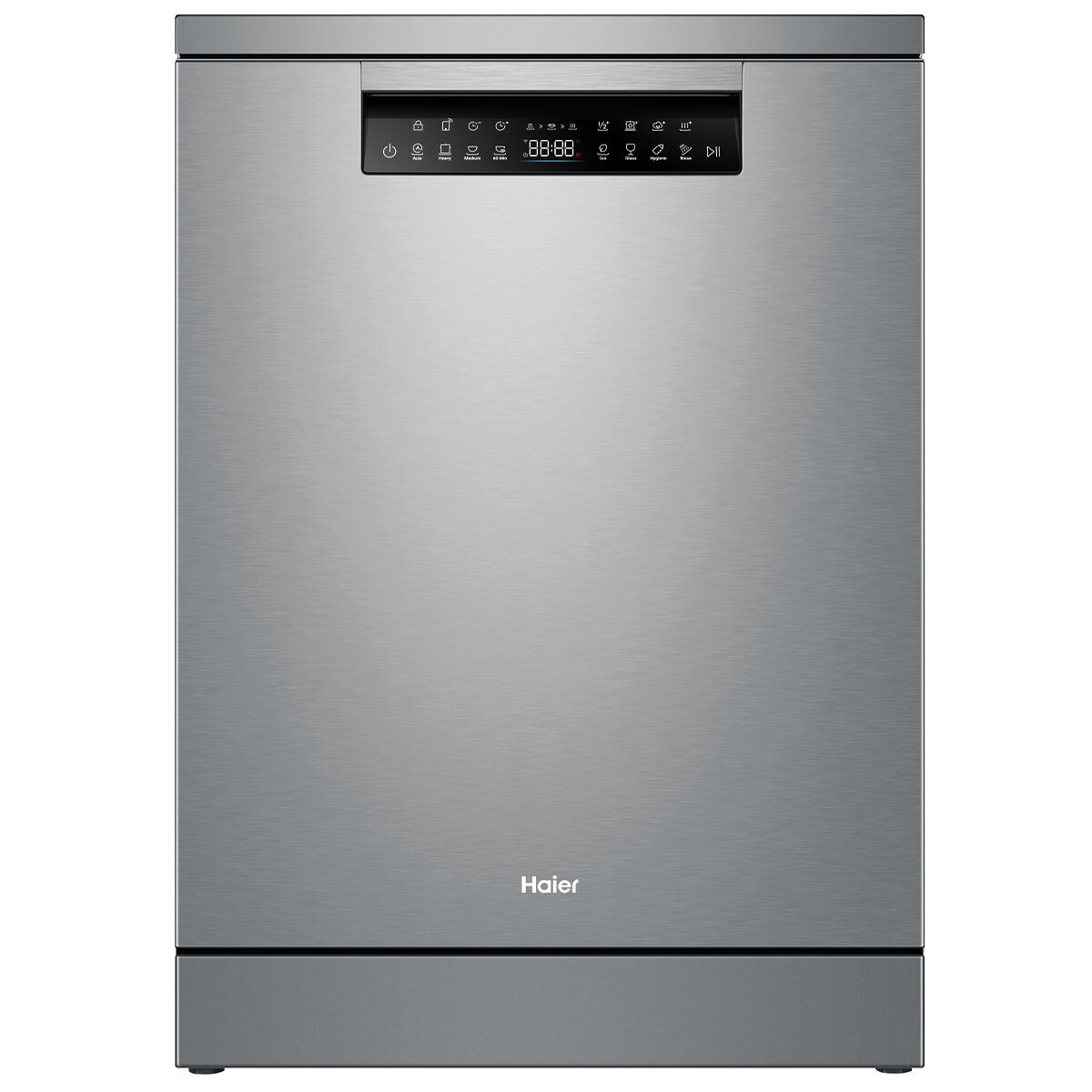
Dishwashers are meant to save you time and effort, so it can be frustrating to have to hand-dry your dishes after the dishwashing’s complete, even after running the drying cycle.
Here are a few tips to help make sure your dishes come out of the dishwasher clean and dry enough to put away immediately.
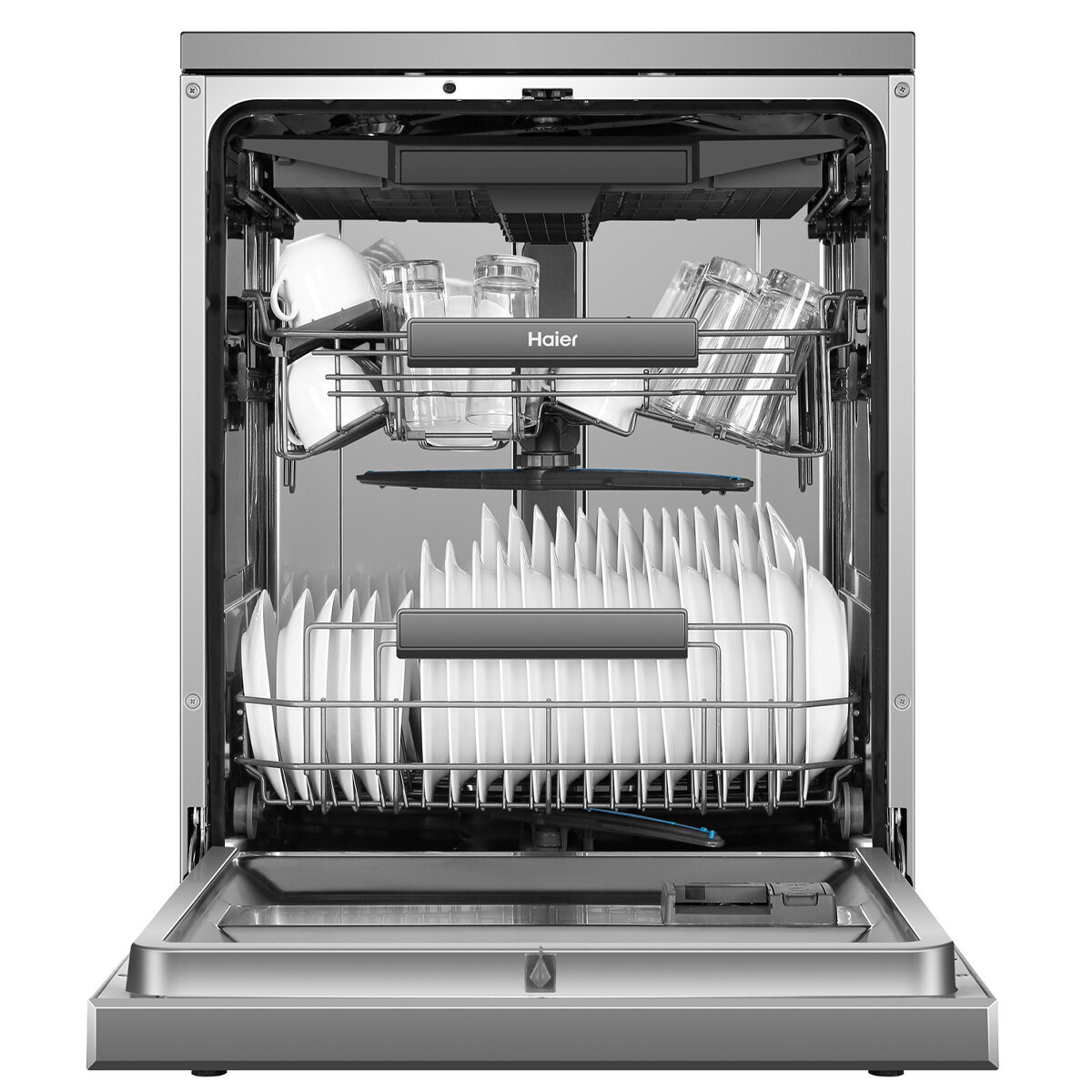
1. Open the door as soon as the wash cycle is over
Dishwashers clean using hot water, and when their wash cycles are over, the residual steam from this water remains trapped inside the machine. If this steam can’t escape, the moisture will settle back on your dishes, leaving them slippery and damp.
Some dishwasher models are designed to automatically open at the end of each wash cycle, releasing the steam so the dishes can properly air-dry. If your dishwasher doesn’t do this, keep an ear out for an End Of Cycle alarm, or wait for the Time Remaining indicator to count down to zero. Even setting a simple countdown on your phone’s stopwatch can help remind you that it’s time to open your dishwasher.
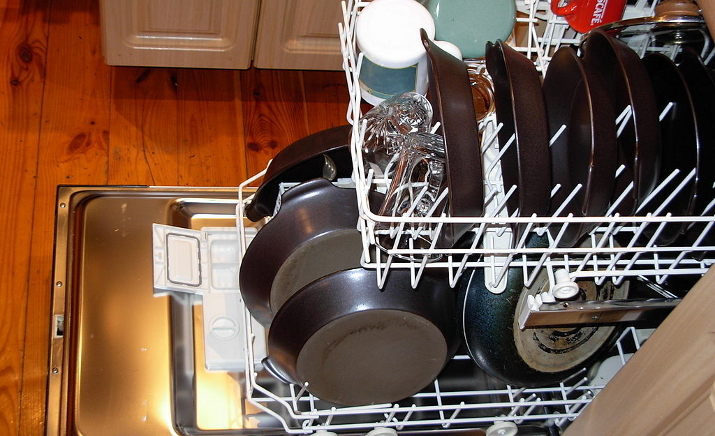
2. Check that your dishes aren’t touching
You should try to leave a bit of room around each dish that you load into your dishwasher. Points where two dishes touch one another are ideal areas for water and steam to collect and pool, and can leave you with residual drips of moisture when the wash cycle is over.

3. Use rinse aid
While dishwashing detergent does a good job of getting your dishes clean, rinse aid helps water to run smoothly off your dishes, leaving them beautifully dry. It also prevents spots of water from leaving water residue, or streaks, on fine glassware.
Simply add rinse aid to your dishwasher's rinse aid dispenser (a compartment usually located in the door) every few weeks or when the rinse aid indicator light comes on (if your machine has one). Frequency can vary, depending on how often your dishwasher is used, as well as cycles used.
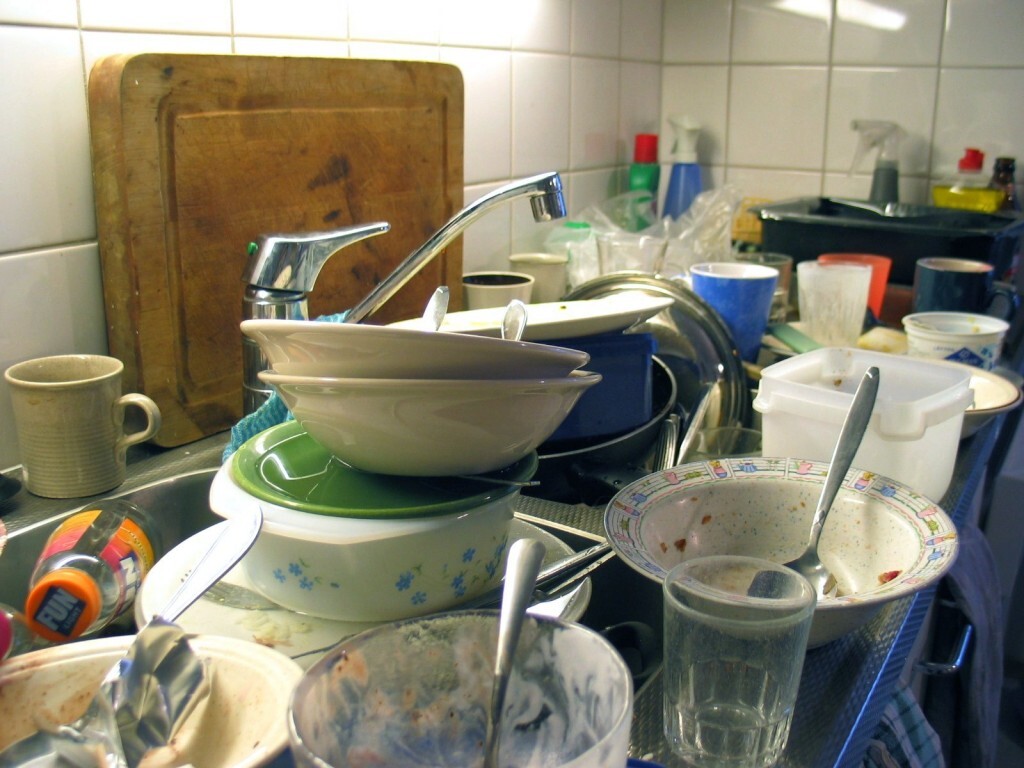
4. Stop pre-rinsing dishes
Put in less effort, you say? Tell me more... Pre-rinsing your dishes before they go in the dishwasher isn’t necessary, as dishwasher detergent needs some grime to cling to in order to function properly and provide a thorough clean.
What’s more, some smart dishwashers use sensors to detect just how dirty your dishes are, and will automatically adjust the wash settings to provide them with the most efficient clean.
So if you’ve already pre-rinsed your dishes of food grots, your dishwasher may use a shorter, lower-temperature wash to give them a less-intense clean. And as mentioned earlier, fast, low-temperature washing means less evaporation, which means potentially wetter dishes at the end of the cycle.
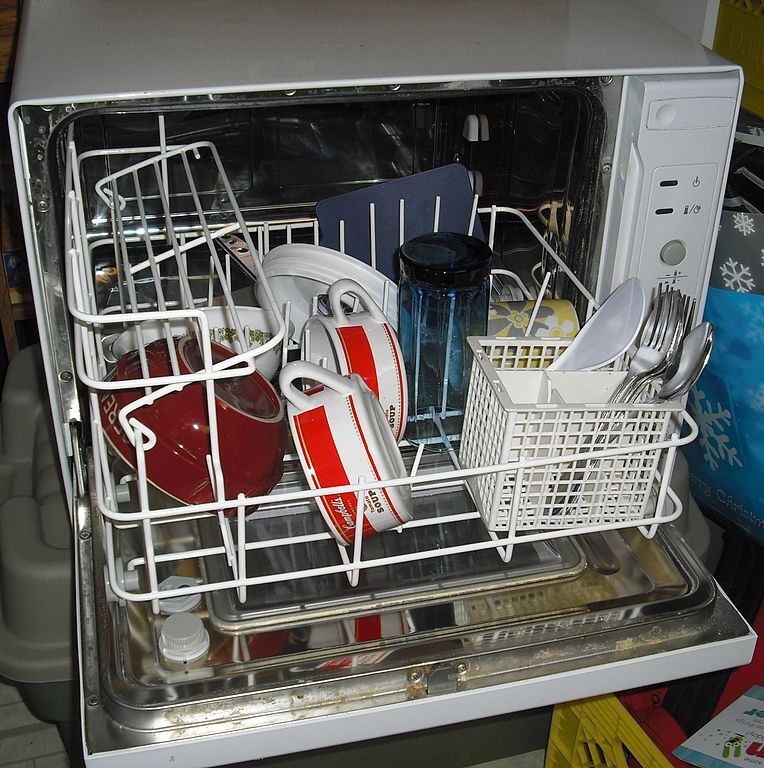
5. Reconsider washing plastic dishes
It’s usually not a great idea to wash plastic items in the dishwasher, due to the risk of damage from the hight temperatures involved. But even tough, dishwasher-safe plastic items don’t conduct heat in quite the same way as glass, metal or ceramic dishes.

After joining Appliances Online, Mark learned more than he ever expected to know about washers, dryers and fridges, and discovered a knack for solving everyday problems using typical household appliances. When he’s not toiling at his day job, Mark tries to find time to write the next bestseller and draw satirical cartoons, but is too easily distracted by TV, music and video games.
Latest Articles
KITCHEN
2 DECEMBER 2025
Our Top 10 best selling French door fridges in Australia 2025
We look at capacity, energy efficiency, features and prices
KITCHEN
1 DECEMBER 2025
How long does food keep for in the freezer?
Smart freezing tips to reduce food waste
HOME LIVING+
28 NOVEMBER 2025
Yes - we have free delivery for appliances in Melbourne and VIC!
Why pay for delivery when you can get it for free?
KITCHEN
26 NOVEMBER 2025
Our Top 10 best selling freezers in Australia 2025
Make summer a breeze with some extra freeze
More Like This
KITCHEN
2 DECEMBER 2025
Our Top 10 best selling French door fridges in Australia 2025
We look at capacity, energy efficiency, features and prices
KITCHEN
1 DECEMBER 2025
How long does food keep for in the freezer?
Smart freezing tips to reduce food waste
HOME LIVING+
28 NOVEMBER 2025
Yes - we have free delivery for appliances in Melbourne and VIC!
Why pay for delivery when you can get it for free?



